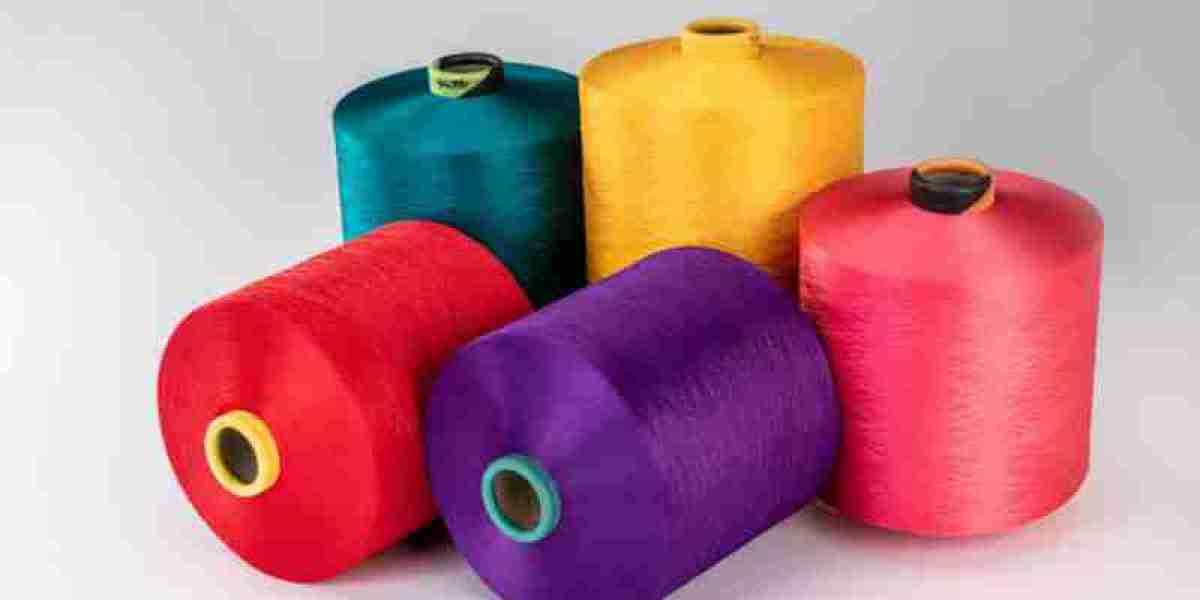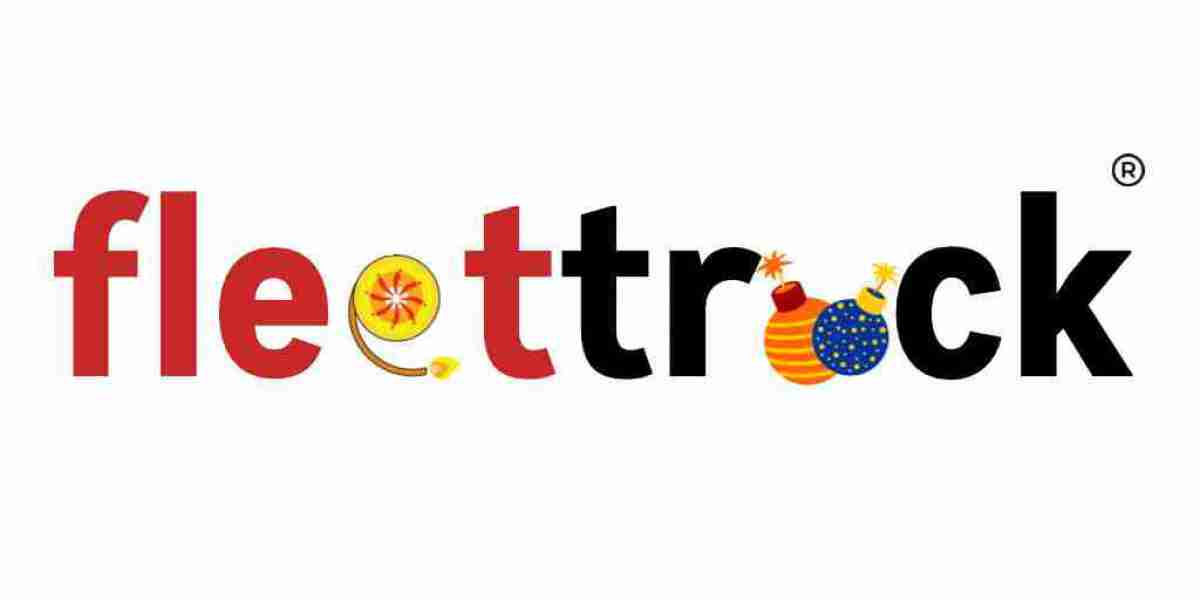blended yarn refers to a type of yarn made by combining two or more different types of fibers, typically natural and synthetic. This combination allows manufacturers to take advantage of the unique properties of each fiber, resulting in a material that offers improved performance, durability, and cost-effectiveness. Blended yarn is commonly used in the production of textiles for various applications, ranging from clothing to home furnishings. In this article, we’ll explore the concept of blended yarn, its benefits, and its role in the textile industry.
What Is Blended Yarn?
Blended yarn is created by twisting together fibers from different sources. The most common blends involve natural fibers such as cotton, wool, or silk with synthetic fibers like polyester, nylon, or acrylic. The goal is to combine the best characteristics of both fibers. For example, cotton is soft and breathable, while polyester is durable and resistant to wrinkles. By blending these two fibers, manufacturers can produce a yarn that balances comfort with practicality.
The Benefits of Blended Yarn
One of the primary advantages of using blended yarn is enhanced durability. Synthetic fibers like polyester and nylon are known for their strength and resistance to wear, making them ideal for high-traffic areas or heavy-use garments. When blended with natural fibers, the resulting yarn becomes more resilient, reducing the likelihood of pilling, stretching, or fading.
Another significant benefit is the cost-effectiveness of blended yarn. Natural fibers like wool and cotton are often more expensive than synthetic fibers. By blending the two, manufacturers can reduce production costs while still maintaining a high-quality product. This makes blended yarn a popular choice for mass-market textiles, where affordability is crucial.
Blended yarn also offers versatility in terms of texture and appearance. Depending on the fiber combination, manufacturers can create yarns with a wide range of characteristics, from smooth and shiny to soft and matte. This makes it suitable for a variety of products, including knitted garments, woven fabrics, and even upholstery.
Applications of Blended Yarn in the Textile Industry
Blended yarn is used in a wide range of textile applications, from clothing to home textiles. In the fashion industry, it’s commonly used to make garments that are both stylish and durable. For example, cotton-polyester blends are popular in casual wear like t-shirts, jeans, and sportswear, as they combine the comfort of cotton with the durability of polyester. Wool-blend yarns, on the other hand, are often used for winter garments like sweaters and coats, offering both warmth and long-lasting performance.
Blended yarn is also widely used in the production of home textiles. Upholstery fabrics made from a blend of natural and synthetic fibers can withstand heavy use while retaining their aesthetic appeal. Similarly, blended yarns are found in carpets, curtains, and bedding, where both durability and comfort are important.
The Future of Blended Yarn
As sustainability becomes a key consideration in the textile industry, blended yarns are evolving to incorporate more eco-friendly fibers. Manufacturers are experimenting with blends that include recycled polyester, organic cotton, or even biodegradable fibers. This shift aims to reduce the environmental impact of textiles while still providing the benefits of blended yarn.
In conclusion, blended yarn plays a crucial role in the textile industry by offering a balance of durability, comfort, and cost-effectiveness. As the industry continues to innovate, we can expect even more creative and sustainable uses for blended yarn in the future. For those looking to explore a wide range of yarn options for their textile needs, visit xingfatex.com .














